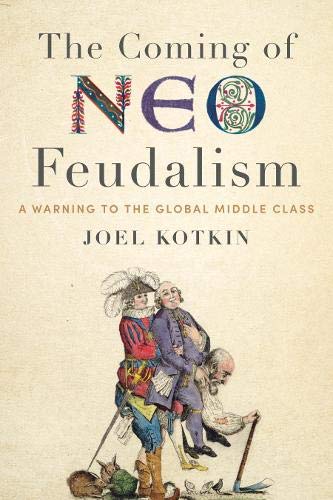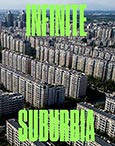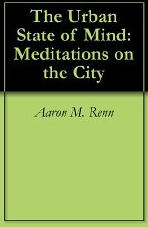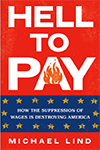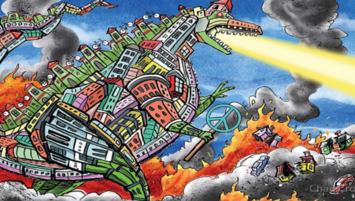
A large and ever-expanding body of research demonstrates what anyone with a reasonable functional frontal cortex knows instinctively: Human beings benefit in myriad ways – physically, emotionally, psychologically, spiritually – from spending time in nature. As the Wall Street Journal reported in 2021, at the height of pandemic lock downs (or more accurately, lock-ins), “Spending time in the woods — a practice the Japanese call ‘forest bathing’ — is strongly linked to lower blood pressure, heart rate and stress hormones and decreased anxiety, depression and fatigue.” Getting out into nature on a regular basis can even reduce people’s risk of cancer. Similarly, living in a neighborhood with open spaces, trees, gardens, and yards, has benefits over living in dense, congested, largely nature-free urban cores.
It’s not just the exercise. When we’re in a forest, up in the mountains, walking along the beach, or walking down a quiet, tree lined street, we’re engaging in versions of activities that every living creature in history did all day, every day, until relatively recently. We’re doing what we evolved to do for the first 300,000 years of our existence on this planet. We are quite literally in our natural element. No wonder we feel good.
Of course, most people don’t need peer-reviewed studies to reach these conclusions. Hiking or jogging in the forest or hills, walking in the park, spending time in local open spaces, and so forth are part of our weekly routines. For many of us that hour or two on the trail is a highlight of our days. Our brains slow down, our anxiety eases, our stress levels drop.
These inarguable realities of human existence point to a central, and fatal, flaw with the so-called YIMBY (“yes in my backyard”) approach to housing and community development. The YIMBY movement, which unfortunately has captured public policy in city halls and statehouses nationwide, is premised on the notion that the solution to the country’s housing affordability crisis is to pack Americans into dense urban cores comprised of large apartment buildings that lack so much as setbacks for trees and other greenery. We’ll be lucky to have a small balcony with a view of the buildings across the street.
We definitely won’t have cars, because another YIMBY obsession is the elimination of private automobiles. Not only will we live in those steel, cement, and glass labyrinths, we won’t have the ability (aka freedom) to travel to our favorite trailhead, surf break, or picnic spot. We’ll rely on mass transit, bicycles, and our own two feet in what YIMBYs call “15 minute neighborhoods,” places in which all of life’s essential needs are, theoretically, accessible within a quarter hour walk, bicycle ride, or transit trip (a lucky few will be able to afford a $40 or $50 round trip to the trail in a Waymo several days a week). Another word for “15 minute city” is “Khruschevka.” In the 1950s and 60s under Premiere Nikita Khruschev, the Soviet Union built millions of five to ten story apartment blocs in centrally planned microneighborhoods in which necessities were within — wait for it — walking distance. The more things change, and such.
Read the rest of this piece at All Aspect Report.
Christopher LeGras is an attorney, journalist, muckraker, and Californian.
Photo: This violent graphic was posted with approval on a pro-YIMBY Twitter account. We can only hope the residents and drivers escaped the flames. Courtesy The All Aspect Report.








